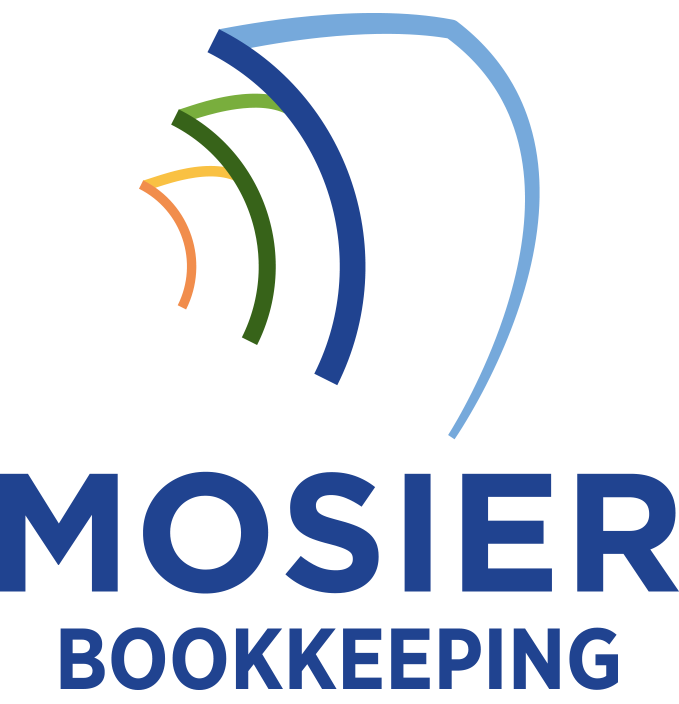Proper retainer-based bookkeeping requires setting up dedicated accounts to track both unearned and earned revenue separately. I recommend creating distinct liability accounts for retainer payments received and income accounts for recognized revenue. You’ll need to systematically transfer funds from deferred to earned revenue as services are delivered, while maintaining detailed time-tracking against each agreement. Monthly reconciliation guarantees accurate financial reporting and strategic decision-making. Understanding the complete framework will transform your retainer management approach.
Understanding Retainer Payment Structures and Revenue Recognition

While retainer payment structures vary across industries, they generally involve clients paying a fixed amount upfront for services to be rendered over a defined period. I recognize revenue from these payments systematically, either on a straight-line basis or as I deliver specific services.
To properly account for retainers, I separate unearned revenue from earned revenue. When I receive payment, I credit unearned revenue (a liability). As I deliver services, I debit unearned revenue and credit earned revenue, following the matching principle. This guarantees my financial statements accurately reflect the timing of service delivery and revenue recognition.
Setting Up Chart of Accounts for Retainer-Based Transactions
To effectively manage retainer-based transactions, I’ve developed a specialized chart of accounts that tracks both earned and unearned revenue streams. I recommend creating distinct liability accounts for unearned retainer payments and separate income accounts for recognized revenue. This structure enables precise monitoring of cash flow and compliance requirements.
I establish these essential accounts: “Retainer Payments Received” (liability), “Earned Retainer Revenue” (income), and “Retainer Receivables” (asset). I also create sub-accounts to track individual client retainers, ensuring granular visibility into each relationship’s financial status and simplifying reconciliation processes.
Managing Deferred Revenue and Work-in-Progress

Building on the established chart of accounts, managing deferred revenue requires a systematic approach for tracking unearned income and work completed but not yet billed. I’ll show you how to create a powerful system that maintains control over your retainer-based finances.
Track each retainer payment separately in your deferred revenue account. As you complete work, transfer the corresponding portion from deferred revenue to earned revenue. For work-in-progress, I recommend using a dedicated WIP account to monitor unbilled services.
You’ll need to reconcile these accounts monthly, ensuring your revenue recognition aligns with actual service delivery. This maintains accurate financial statements and robust cash flow management.
Tracking Time and Service Delivery Against Retainer Agreements
Since accurate time tracking forms the backbone of retainer management, implementing a robust system to monitor service delivery is vital. I recommend establishing clear metrics to measure time against contractual obligations and setting up automated alerts when approaching retainer limits.
- Configure your time-tracking software to categorize billable hours by retainer agreement, making it simple to analyze utilization rates
- Set up real-time dashboards to monitor service delivery progress against monthly retainer allocations
- Implement milestone tracking to guarantee deliverables align with agreed-upon scope and timeframes
You’ll maintain better control over profitability when you can instantly assess whether you’re overservicing or underutilizing retainer hours.
Monthly Reconciliation and Financial Reporting Best Practices

Proper monthly reconciliation serves as the cornerstone of effective retainer-based financial management. I recommend reconciling your retainer accounts at month-end by matching delivered services against prepaid amounts, then adjusting for any overages or unused portions.
Your financial reports must clearly delineate between earned and unearned revenue. I guarantee this by maintaining separate ledger accounts for retainer deposits (liability) and recognized revenue. You’ll need to generate three critical reports: retainer status by client, revenue recognition schedule, and cash flow projections. These empower you to make strategic decisions about resource allocation and pricing adjustments.









